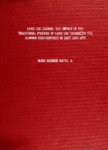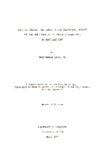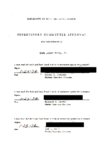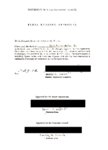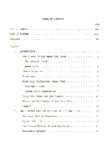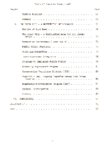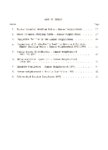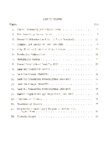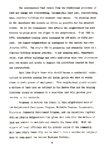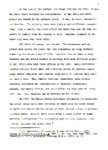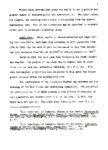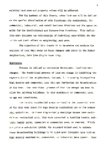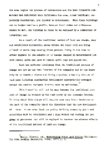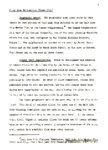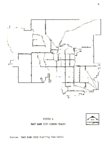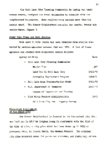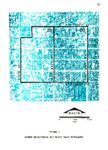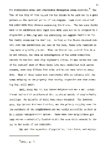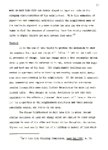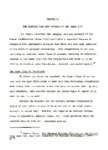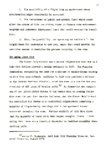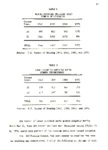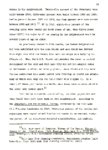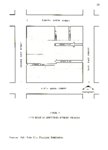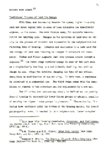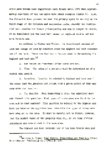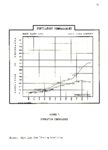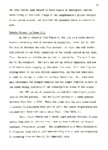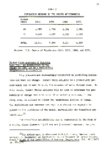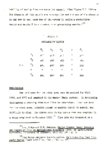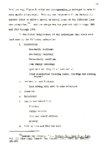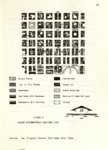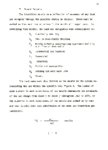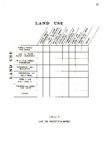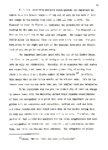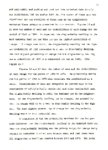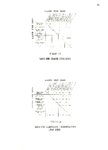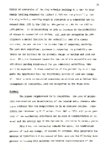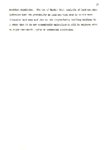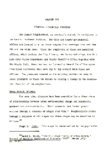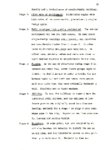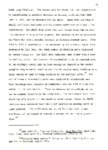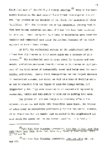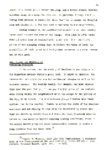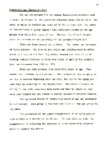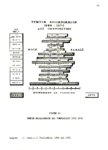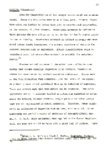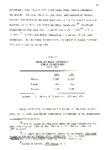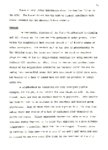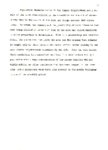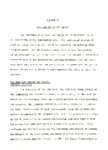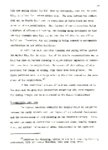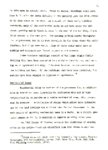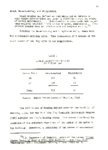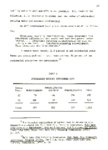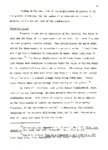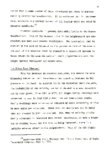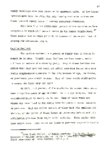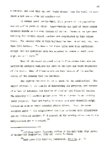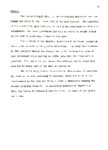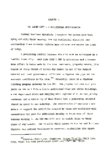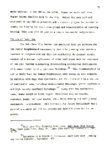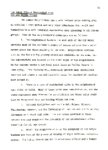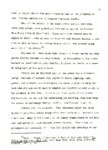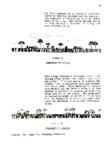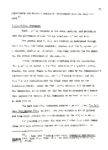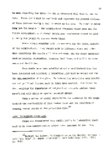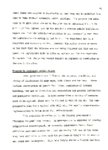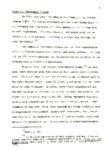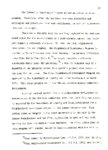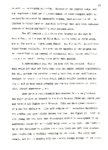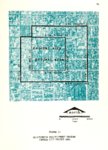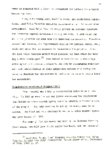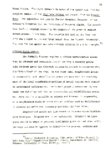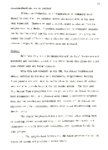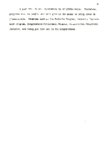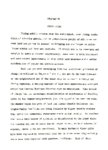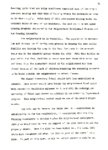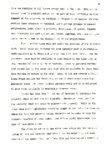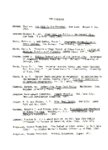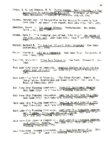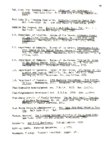| Description |
Land use patterns in the Sumner Neighborhood of Salt Lake City are changing. The traditional process of land use change has been to allow the existing buildings to age and deteriorate. When these buildings can no longer economically meet existing health, housing and building codes, they are removed. The method used to upgrade these deteriorating conditions is to change zoning to allow more intensive uses. Land use patterns within the neighborhood were determined for the years of 1940, 1960, and 1970, and analyzed by use of the Markov Chain method to determine the probability of change. The land use analysis indicated that the single-family dwelling was the primary target for change, being replaced or converted to other more intensive uses. An examination of the probability matrix supports the hypothesis that the traditional process of land use change will lead to more concentrated commercial activities and further discouragement of residential land use categories. The physical characteristics are not the only aspects of the neighborhood that are affected by the process of such change. As changes take place, the social characteristics of the neighborhood decline. The population is decreasing. With this decrease, there was a decided loss of families with school age children resulting in the closing of the neighborhood's elementary school. As the housing units become more and more deteriorated, the only families that occupy these units are the low-income families and the minority groups. The consequences that result from the traditional processes of land use change are overcrowding, incompatible land uses, nonconforming uses, obsolete buildings and absentee land owners. The absentee owner is the speculator who invests as little as possible for the greatest return. He is the consequence that affects the neighborhood the most because he perpetuates the blight in the neighborhood. From 1960 to 1970, substandard housing units increased by 409 units or fifty percent. The Sumner Neighborhood is contiguous to the Central Business District (CBD). The city's CBD is prosperous and presently there is a vigorous building program underway. A new shopping mall, department store, four office buildings and civic auditorium have been constructed plus new motels and hotels to support the activities created by this new construction. Salt Lake City's inner city should become a residential neighborhood to provide housing for all income groups who want to reside close to their places of employment. This neighborhood should contain a mixture of land uses as outlined in the Master Plan and the housing inventory should be returned to a condition that will provide good housing to the residents. Programs to reverse the trends in this neighborhood such as the Neighborhood Development Program, Workable Program, Conservation Districts, Community Improvement Program, and tax incentives together with an adopted Neighborhood Plan gives Salt Lake City the methods of land use control to maintain and rebuild the inner city. With the support of local officials and the private sector of the community, Salt Lake City's inner city can be rebuilt into a residential neighborhood to complement the Central Business District. |

